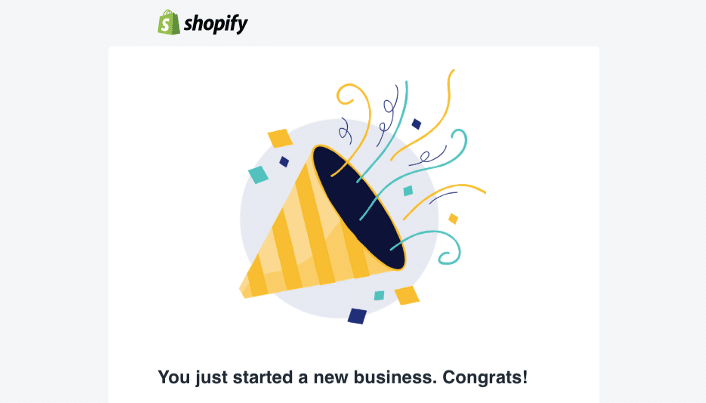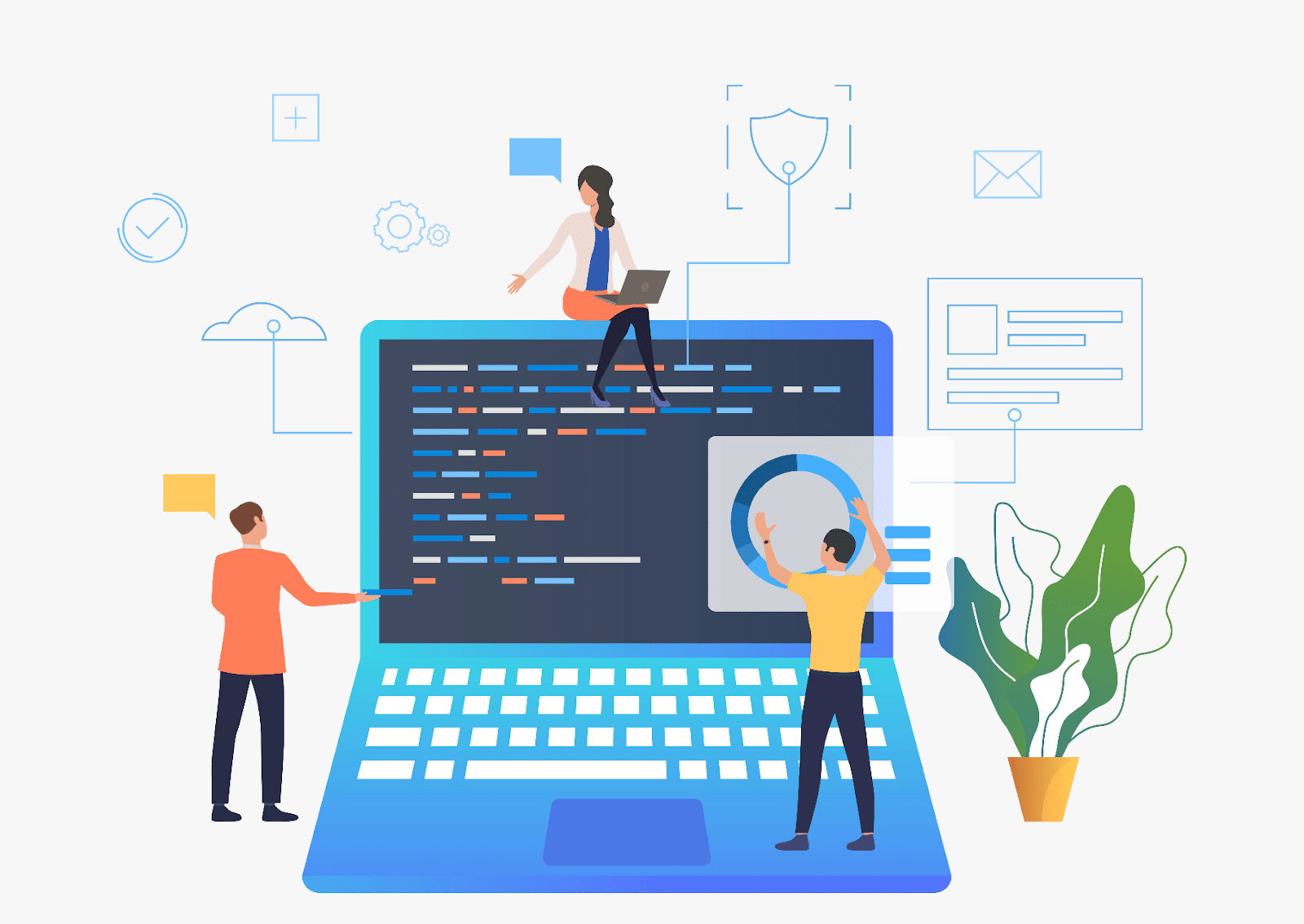On our blog, we often talk about the importance of having a great onboarding process. That’s because, during onboarding, your customer interacts with you and your product for the first time – if they have a good experience, they’ll stick around for a long time, but if they don’t, they’ll churn. Fast.
Because of this, most SaaS businesses focus on customers only as long as they’re still customers – as soon as one decides to cancel their subscription, they think that’s the end, there’s no turning back, and they shift their attention to existing clients and acquiring new ones.
But that’s actually a poor decision! There are many reasons why customers churn, and not all of them involve not liking your product. That’s why I always say that SaaS offboarding is just as important (if not even more important!) than onboarding.
I have recently discussed this topic at CX Camp Summit 2021. Here are a few takeaways:
The Importance of SaaS Offboarding
Although customer churn is never a good thing, there’s value behind someone leaving – you can learn from it. Understanding why your customers are leaving is key to improving your product, so you need proper offboarding sessions.
Currently, most SaaS businesses either have no offboarding in place or only ask a few open-ended questions where the customer has to tick on a few boxes before they let you unsubscribe and compile answers in a graph. But this leads to inconclusive results. So, instead, you should treat exit interviews as a great opportunity to learn about what is going wrong and how you can improve it.
Most people judge an experience based on how they felt at its peak (the most intense moment) and at the end. So, if you’re creating a memorable offboarding process, you can rewrite or even erase the negative feelings your customers might have about your product.
How to implement Offboarding & Exit Interviews
If a user really wants to leave, they’ll find a way to do it. There’s no point in making it harder for them; you’re just making their experience worse, and they might share it with others.
Instead, you should show them what they’ll lose if they leave. Offboarding is actually a great opportunity to educate them about the value they’ll be missing. Studies show that most people are swayed more by losing something they already have than by gaining something new. This is called loss aversion.
You should also give your customers space and time. If they’re frustrated and canceling their subscription was an impulse, they might come around.
Last but not least, you should aim for a call instead of a survey – speaking with your customers gives you much more insights than radio checkboxes.
Exit Interview Best Practices
Your first goal should be gathering as much feedback as possible. For this, here are a few tactics you can try:
- make it easy to book a time slot
- offer an incentive for helping you
- offer different ways to get in touch (phone call, Zoom, etc.)
- experiment with different interview formats and lengths.
Then, during the interview, keep in mind the following:
- your main objective is to find out why they’re leaving
- the second one is to recover them
- avoid arguing or an active debate.
You should always ask for permission before starting; you can open with: “Are you ok if I ask a lot of questions today? Sometimes they might be tough and challenging, is that ok?” and then follow with “If we can solve some of the issues today, is it possible for you to stay a customer?” to find if there is a chance to recover.
To get actionable insights, you should ask as many direct, specific questions as you can (at least three “whys”) until you find the real reason they want to leave. Ask for practical examples – “your support was not great” or “your product doesn’t work” are too generic and can’t help you improve.
After about 20 conversations, you’ll start seeing patterns. This is the moment when you should share your findings with all stakeholders and teams and start working on solutions.
How Referrizer recovered 25% of canceled subscriptions with a clever SaaS offboarding process
Now, all this sounds great, but how about I share some numbers so you can see just how valuable a good SaaS onboarding process can be?
Last year was a particularly difficult period for Referrizer who, after a few months of testing and calibrating their process, was faced with 110 cancellation requests. However, they managed to pivot and change the outcome rapidly by putting together an offboarding checklist that looked like this:
- The client canceled
- They analyzed the account
- They made a call where they asked a series of questions meant to clarify the position of the client and why they’ve decided to cancel
- They came up with a counteroffer
- They managed to save 25% of the canceled accounts, which accounted for about $2,000 yearly savings for each account they managed to keep.
You can find out more about Referrizer’s offboarding process and how Custify helped them in a dedicated case study.
To conclude, having a solid offboarding process is a must for SaaS businesses not only because it can help you get back customers and save money but also because it can help improve your marketing, sales, product, and customer services.




